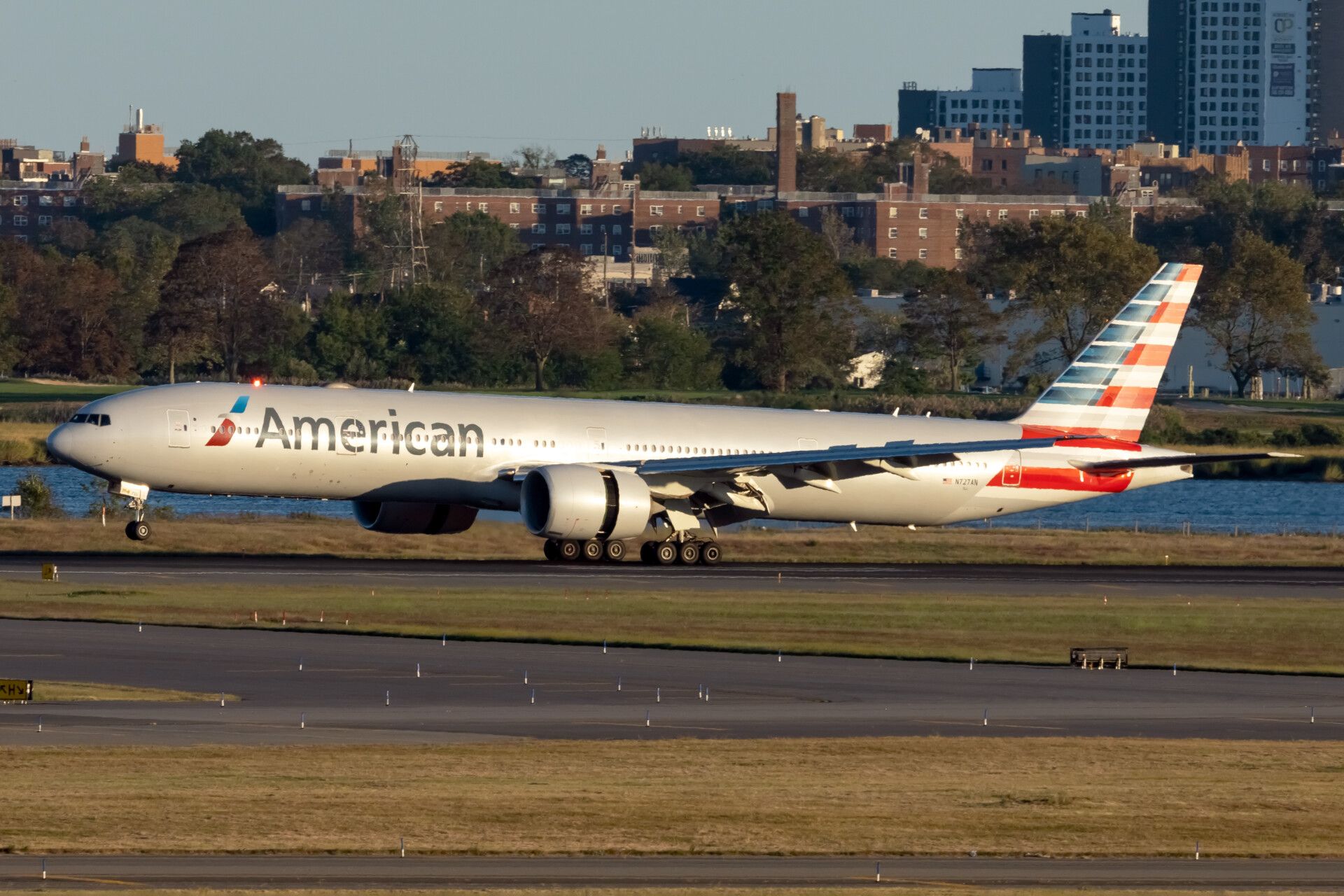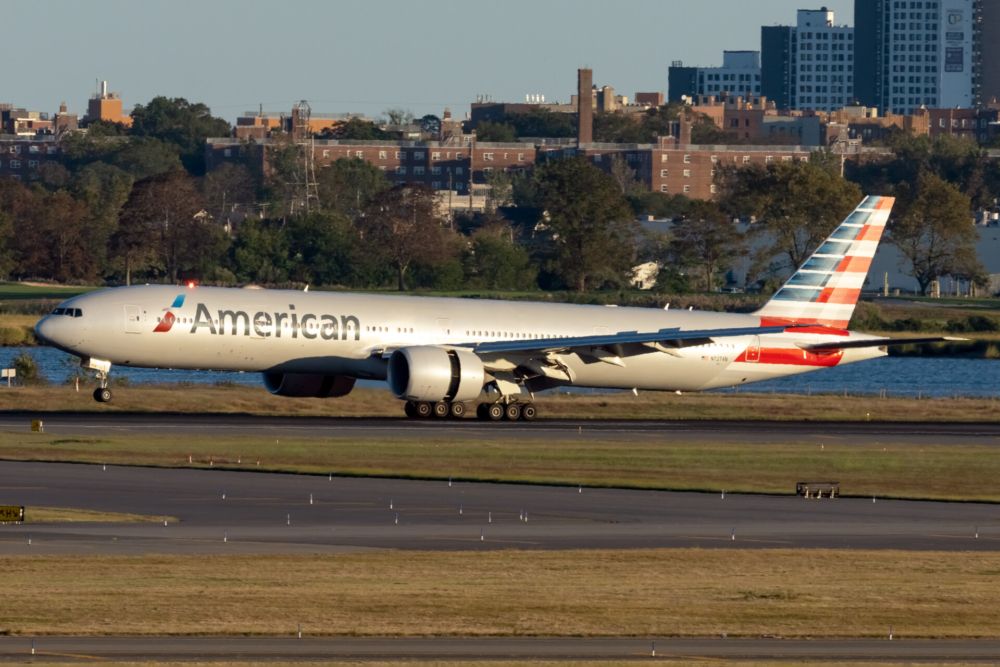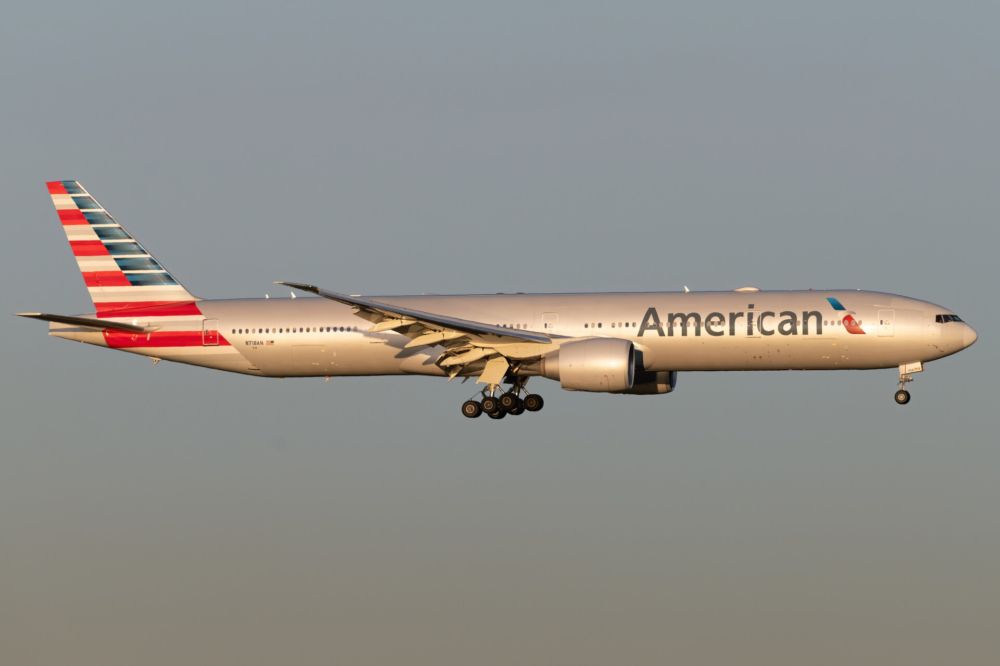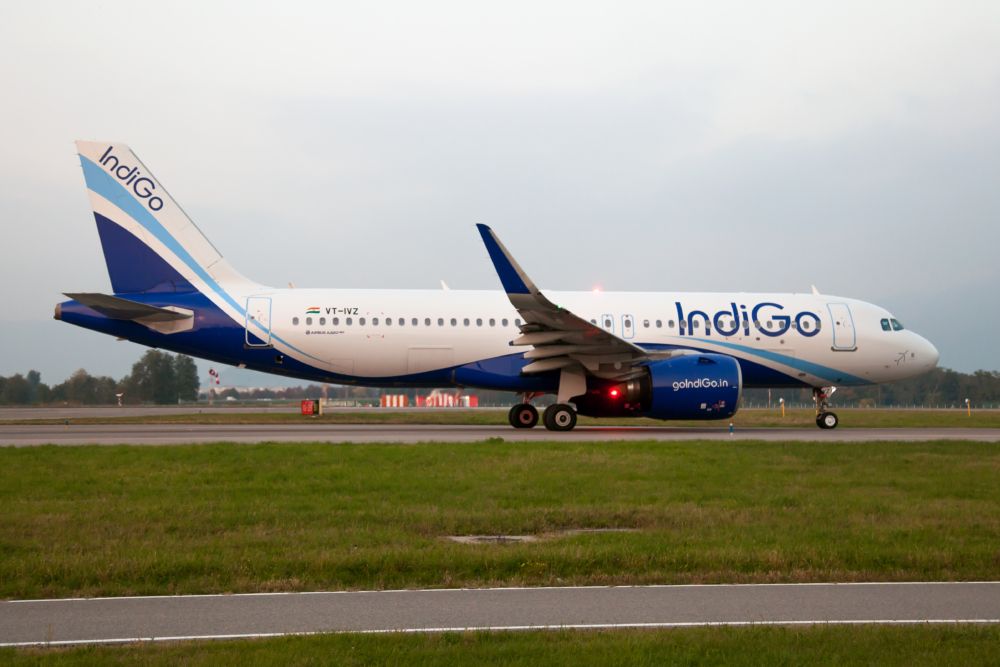Last week, American Airlines announced that it had signed a codeshare agreement with low-cost giant IndiGo on 29 domestic routes. The move came just weeks before American returns to the Indian market after nearly a decade, looking for favorable results. While the announcement might seem routine, it could be a massive boost for American's, giving it a critical foothold. Let's find out more.
Back
American Airlines last flew to India in 2012, on a direct service from Chicago to New Delhi. This route was axed during the carrier's restructuring due to poor yields and increased competition, leaving over five million yearly passengers with only two direct connections (United and Air India).
However, in 2019, American announced that it would return to India on a very specific route: Bangalore to Seattle. The connection between the major technology hubs was in high demand by corporate clients and leisure travelers alike, opening up direct flights from BLR to the US. While the route was delayed twice due to the pandemic, it is set to kick off on January 4th, 2022 currently.
However, 2020 also proved to be a favorable year for American in India. The nation's ongoing international flight ban means connections through Europe and the Middle East are mostly barred, creating sky-high demand (and prices) for direct flights. The US airline seized on this chance and is now launching a New Delhi-New York service at the end of October, the busiest pair between the countries. So, where does IndiGo come in?
Everywhere
While American is leaning on its foreign partners (British and Qatar Airways) to build the most efficient network from India, domestic connectivity is crucial. This is where IndiGo comes in. As India's biggest airline, a trusted brand, and one with a robust schedule, IndiGo will offer American's passengers options to connect across the country (to 29 destinations in total) or connect onto nonstop US flights.
This partnership will be crucial once the ME3 returns to India in the coming months. If American can build efficient itineraries out of hubs like Hyderabad and Chennai to New York and Seattle, they could pose a legitimate challenge to one-stop foreign connections. While many may still prefer to stop abroad, American would still slowly build a market nationwide.
American has clearly learned from Delta's mistake of entering with no major partners last year. Challenging the ME3 won't be easy, but there is a clear demand for nonstop connectivity to the US. For now, American's strategy is likely to pay off well. Flights from Bangalore to Seattle will see good demand from West Coast-bound travelers (though United and Air India have dented this), and Delhi-New York will finally have some more options.
However, the future remains unknown for American. Will passengers bounce back to connecting flights after the pandemic? Will there be a major price war to win customers? The following year will be interesting for the US-India market, and American is hoping to get a slice of it.
What do you think about American's IndiGo codeshare? Let us know in the comments!




